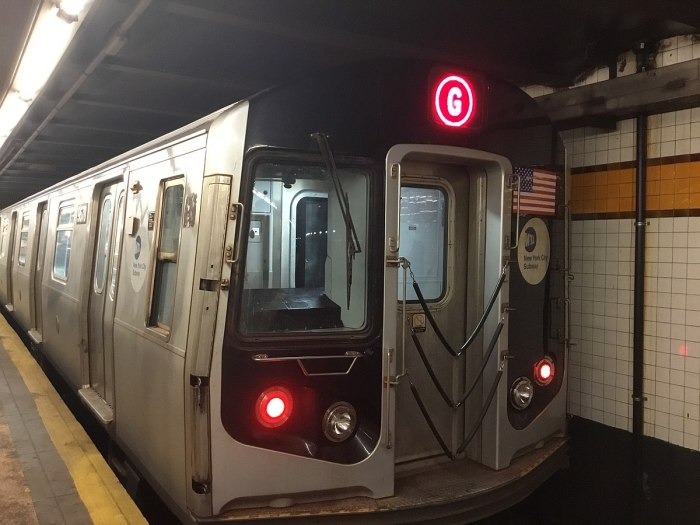So Derek Jeter is set to retire, and the testimonials have begun. A season of goodbyes awaits, much like last year’s long farewell to teammate Mariano Rivera.
This is not another paean to Jeter’s athletic legacy, which is considerable and worthy of being remembered as long as baseball is played. Nor is it a lament for the gaping void he will leave at Yankee Stadium.
I’d rather focus on a different aspect of Jeter, because I always have been fascinated by the mirror he held up to New York, what it reflected and what it did not.
He arrived on the scene at an interesting time. And his rise as one of the sport’s greats paralleled the rebirth of the city.
Jeter had a cup of coffee with the Yankees in 1995 before joining the team full time in 1996. New York had been grappling with a litany of urban woes — high crime, high unemployment and racial tension, among others — and was beginning to emerge from some of them. Crime rates were plunging. Times Square was starting to shed its seedy past. Tourism was inching upward.
Along came Jeter, who put together a Rookie of the Year season and helped lead the Yankees to their first World Series championship in 18 years. The victory energized the city and became part of its burgeoning feel-good vibe. The Yankees made it sexy to root for New York again, and no one epitomized that better than their young shortstop.
He was what many New Yorkers wanted to be — cool, classy and soon to be rich. He was someone you could depend on, someone who always did the right thing. His resiliency reflected the city’s get-up-off-the-mat mentality. You always knew Jeter was going to figure it out and, whatever was needed, that’s just what he was going to do.
More than anything, Jeter was about the single-minded pursuit of winning. Everything else was subjugated to that one goal. That’s what New York always has been about, too, for better and for worse. Finishing on top. Being the best. Having the most. Year after year, Jeter was the exemplar.
In some ways, however, he was the antithesis of the city. He was not brassy or bold like Joe Namath or Walt Frazier. He didn’t scream “look at me” like A-Rod or Reggie Jackson. He was intensely private and had no interest in seeing photos of him and his latest girlfriend splayed across the tabloids.
He also seemed to have a healthy skepticism about his fame.
A few days after the attacks of Sept. 11, Jeter and other Yankees visited an armory where families of the missing were waiting in agony for word of their loved ones. Jeter later expressed his discomfort, admitting he didn’t know what to say at first. Like many of his teammates, he didn’t think a baseball player would be much comfort to people in such distress. They discovered otherwise once they were there. Most of the people simply wanted to see him.
Jeter said he was overwhelmed. And when rescue workers asked for his autograph, he said he felt like he should be asking for theirs because they were the real heroes.
For most of the time since then, Jeter has been the Yankees’ anchor, with a stature not often seen in New York. He’s been his own kind of tourist attraction, a magnet drawing fans of all demographics to the South Bronx. It is no accident that the Yankees posted 17 of their top 20 season attendance figures with Jeter at shortstop.
Just as the city was reborn during his tenure, so were the Yankees. A few years ago, they erected a fancy new ballpark. Its nickname tells the story: The House That Jeter Built.
Michael Dobie is a member of the Newsday editorial board.






























